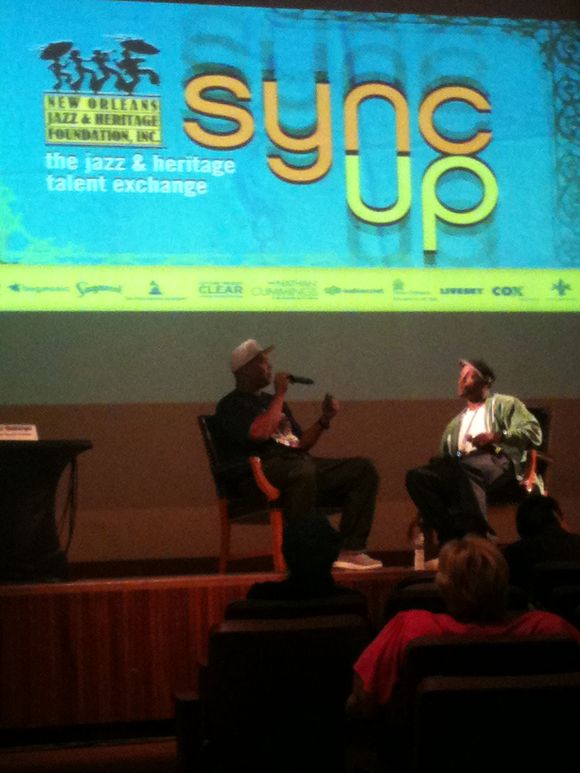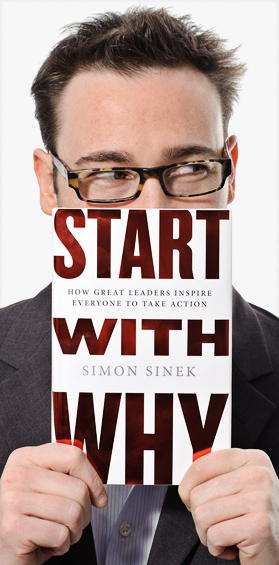As I write, it is 21 May 2011 in Fiji. According to Harold Campy, rapture will begin globally at 6pm at the International Dateline with a massive earthquake and tidal waves. That will be around 2 AM here in New York City. I am probably not going to wait up for it.
I remember reading the bible during my early teens and have a clear memory of the description of the second coming of Christ in the Book of Revelations. That memory is, “boy is this guy pissed off”. The passage was all about smiting and pestilence and fire and lots of other nasty things happening to those who didn’t believe in Christ. Which is what rapture is all about. The good guys get to go to heaven and the heathens remain in the misery they deserve for not believing in the true God.
Or in other words, my god is bigger than your god and he is going to smote your tush.
Which makes a ton of sense when you look at history and realize the passages were written from prison by someone who was there because he didn’t agree with the official state sponsored religion. In those days (and days not so long ago in some parts of the world) if you didn’t agree with the official religion you either kept your mouth shut, or if caught, you went to prison, were tortured and if you didn’t recant, were put to death using slow, painful methods like burning at the stake or being hung up on a crucifix. For example, most of the writers of the New Testament (or the 13 apostles for that matter) did not die in bed of old age.
By the way, this is why the founders of the United States of America insisted on a separation of church and state. They had experienced and suffered enough from state sponsored religions and as students of history realized that government did not derive it’s authority from god, but from the governed. And that when god and the power of government mixed, bad things happened to people.
So, when I heard that the world was ending again and that Rapture was scheduled for Saturday, I chuckled. Christians (and Protestants specifically) have a long history of scheduling the second coming of Christ, something I have been bumping up against it all of my adult life. Sad to say, I also joined in the general teasing mockery of the notion and by inference anyone who would believe in such.
Then I remembered my mother and a conversation we had years ago.
My parents are what I call good Christians. Active members of their Catholic parish and diocese and extremely giving to those who are less fortunate and in need of aid or comfort. For educational reasons (I was on an accelerated math and science track), I ended up going to Catholic high school for a couple of years. Because of that, I ended up in a religion class and was introduced to Thomas Aquinas and his proofs of the existence of god. Suffice to say, that I went in not thinking about it and walked away going, what a minute, that doesn’t make sense.
That set me on a path that is known in the vernacular of cults and conversion as a seeker. Years later, as a vocal atheist, mom and I talked about how I ended up there and why I couldn’t go to mass with her any more. As I took her through the rational arguments, one by one, there suddenly was a moment when the lights went out in her eyes and I realized that I was crushing her faith and as a consequence her and I suddenly felt really bad. I stopped, apologized and never raised the subject again.
First point. Faith is a very important part of some people’s identity. Like your heart, it can not be removed without consequences.
Despite the catholic childhood, my parents raised me to be a scientist. My dad was a scientist. My mother was really smart. They encouraged me to read broadly and to think. I got a chemistry set in grade school. I needed to know why.
In the 1970’s with “cults” popping up left and right as an entire generation went seeking after Krishna and Moon and ended up in places like Jonestown. How could it happen? How could seemingly caring, rational, educated people do these things?
Here are a couple of things I learned as I sought answers to what I now see as a fundamental question about human nature.
It is not enough to be a rational person.
Doesn’t sound right does it? We believe that it is good to be rational. It means we are living, thinking, breathing, sentient beings. Still three thousand years of thinking and writing about how we think, one thing is clear, being capable of rational thought is a necessary but not sufficient condition to making good decisions.
Following is my over simplification of the evolution of our understanding of reason (and here is a nice summary of reason).
I am going to talk about three different types of reason as it relates to making decisions, reasons, logic and evidence.
Decisions made with reasons means you have a reason for your decision. They can be good or they can just be a reason or an articulated though. For example, the following are all reasons:
- I’m the mommy,
- It felt right,
- I don’t like Mondays’
- I knew it in my heart, and
- My dog told me to do it.
Having a reason, means you are a rational person. Faith falls into this category. A is A.
Logic adds cause and effect to the reason. If A, then B. A good example of logical reasoning is a discussion about human rights. All people are created equal. Therefore all people must be treated equally by the government. The problem with logic is that first premise. Is it correct? Before the equality of humans, the world was run under a notion called the Divine Right of Kings. It too was logical. God made one person the King. Therefore, as Mel Brooks would put it, “It is good to be the King.”
By the way, Aquinas’s proofs of the existence of God are all logical proofs.
Then someone decided to ask, do we know if this works? Adding evidence to a logical proof allows you to see if your starting assumptions are correct and if the link between A and B exists. It allows you to say, we tried it. It worked. If A, therefore B then C is a demonstrable.
So, if you are the type of person where outcomes matter then being rational is not enough. You also need to be logical, willing to look for evidence to support your decisions and capable of changing your position when the data doesn’t fit your view of the world. This is my expectation of a rational person. However, by definition, someone who starts from the assumptions (1) that God exists, (2) that the Bible is the literal word of God and (3) that we can interpret God’s intent from his word and then comes to the conclusion after doing the above that all the good guys are going to heaven at 6pm Fiji time on 21 May 2011 is being rational as well.
As I said, it is not enough to be a rational person. A mature person, uses rational thought, examines outcomes and changes assumptions to fit the data.
This leads to my second point. What happens when your data doesn’t fit your world view?
Back in the 1950’s a social psychologist named Leon Festinger sent some graduate students to hang out with a group of people who believed that on 21 December 1954, the world would be destroyed by a flood, but that the devout would be picked up at midnight, in the nick of time, by UFOs. (See When Prophecy Fails.) They followed the group after the prophesy failure to see what would happen. This lead to the psychological theory known as Cognitive Dissonance.
Again over simplifying (as this is a corner stone of modern social and cognitive psychology) when faced with evidence that a world view doesn’t match with the world, people get upset and being the social animals they are have three choices, (1) change the world view, (2) change the world to fit the world view, (3) convince other people that their world view is right after all. Option three creates a heightened state of anxiety than can never be resolved, but can be relieved by social confirmation.
So this is why, laughing at people waiting for rapture is not a good idea. They have already chosen a rational world view which feeds on rejection of the world as they experience it on a daily basis. They are sheltered within their social group and will emotionally feed on external group rejection and live within the shelter of the in-group social support.
This is what drives the religious right. This is where the emotional fervor and energy comes from that enables what I call social insanity such as the Tea Party and the John Birch Society. Their world view is not in-sync with their experience of the world and so they are driven to find others who agree with them and to try to change the world into their image of how the world should be.
I wish I had an answer. But I know this, laughing at them won’t work. It will only make them madder.





